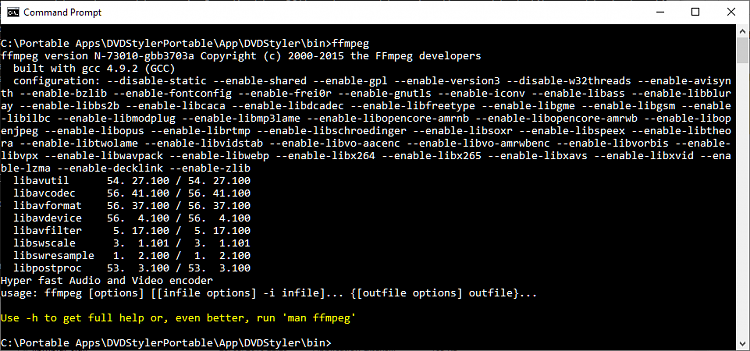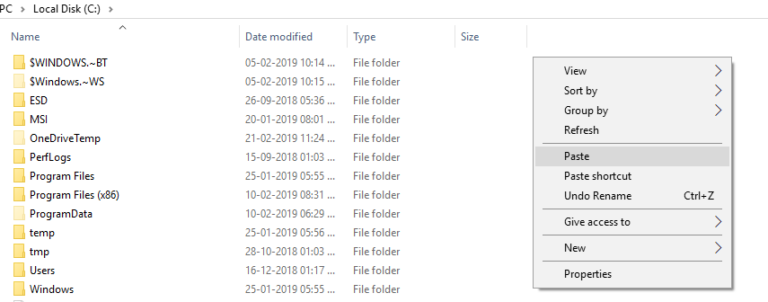

git essentials - built from master branch with commonly-used libraries.git full - built from master branch with a large set of libraries.Attempting to run it on 32-bit will fail. All builds are 64-bit.īecause ffmpeg is built for 64-bit only, this installer is 64-bit only. If you're downloading ffmpeg to support features in a program such as Krita or Blender, get the release essentials build. They may work on Windows Vista but that hasn't been tested. These are compatible with Windows 7 and above. hosts packages containing binaries of ffmpeg, ffprobe and ffplay. Gyan makes a few notes regarding these builds: Rather than compile my own ffmpeg build I opted to use one that is already available. No tampering or modification has occured.

The build contained in this installer is obtained from gyan. For use refer to the official documentation. Aboutįfmpeg is an open source command line multimedia framework to encode, decode, transcode, convert etc. ExecutionPolicy ByPass allows you to run PowerShell without needing to modify the global policy, which is there to prevent people accidentally running scripts.Ease-of-use binary executable installers for Windows 7 and up (64bit/圆4). %~1 is the path of the file dropped onto the batch without quotes.ĬHCP 65001 > nul sets characters to UTF-8 and swallows the output. %~dp0 is the current directory of the batch file. I think the PowerShell is readable, so will just explain the batch speak: Then here is example usage within my 'CONVERT.BAT' batch file: %~dp0\ffmpeg -i "%~1" ACTION "%~1-output.mp4"ĬHCP 65001 > nul & PowerShell -ExecutionPolicy ByPass -File "%~dp0\CLONE-FILE-DATE.PS1" "%~1" "%~1-output.mp4" (GI -LiteralPath $TargetPath).LastWriteTime = (GI -LiteralPath $SourcePath).LastWriteTime (GI -LiteralPath $TargetPath).CreationTime = (GI -LiteralPath $SourcePath).CreationTime My solution was make the 'touch' part a seperate PowerShell script which I called 'CLONE-FILE-DATE.ps1' and it contains: param This seemed simple at first until you find batch files are terrible at handling unicode file names, in-line PowerShell messes up with file name symbols, and double escaping them is a nightmare. So 'drag and drop' video file on to batch file, FFMPEG runs, then 'Date Created' and 'Date Modified' from the input file gets copied to the output file.

I wanted the 'touch' feature of cloning / duplicating the file dates from another file, natively, and be usable from a batch file.


 0 kommentar(er)
0 kommentar(er)
